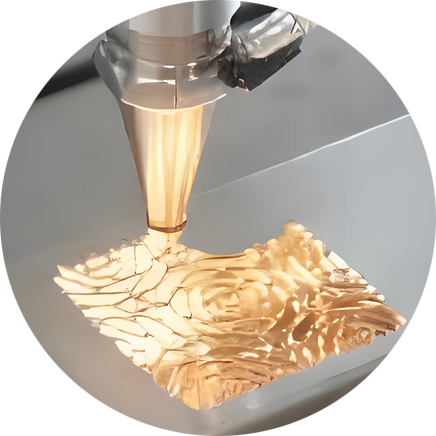Time to read: 6 min

This article provides an in-depth look at the laser cutting process for aluminum, a material favored for its lightweight and strength. We will explore the advantages, challenges, and techniques that are shaping this industry, along with its diverse applications.
Introduction to Laser Cutting Aluminum
Laser cutting aluminum has emerged as a leading technique in metal fabrication, offering a combination of versatility and precision that is unmatched. This method is particularly favored for its ability to handle complex designs with ease.
Understanding Laser Cutting
Laser cutting employs high-heat laser beams to cut through materials, including aluminum, with remarkable accuracy. This process is ideal for aluminum due to its low melting point and the ability to manipulate the material with precision.
Advantages of Laser Cutting Aluminum
- Non-Contact Process: Prevents surface damage, preserving the integrity of aluminum parts.
- Flexibility in Thickness: Accommodates a range of aluminum thicknesses, from thin sheets to substantial plates.
- Repeatability and Efficiency: Ensures consistent results, vital for high-volume production environments.
Challenges in Laser Cutting Aluminum
- Reflectivity: Aluminum's reflective properties can interfere with the laser, potentially causing damage to the cutting head.
- Thermal Conductivity: Aluminum's quick heat dissipation can hinder the cutting process, requiring high-speed, high-frequency lasers to overcome.
- Secondary Machining: Post-cutting processes may be needed to refine edges and remove burrs.
Preparation for Laser Cutting Aluminum
Proper material selection and preparation are fundamental. Cleaning the aluminum surface is essential for optimal laser absorption and to prevent cutting inconsistencies.
Optimal Laser Cutting Parameters
Determining the right parameters, including laser power, focal length, cutting speed, and beam diameter, is crucial for precise and efficient cutting.
Laser Cutting Techniques for Aluminum
Different laser types, such as CO2, fiber, and YAG lasers, offer distinct advantages for cutting aluminum, depending on the material's thickness and the desired outcome.
Applications of Laser-Cut Aluminum Parts
Laser-cut aluminum components are integral to various industries:
- Automotive: For lightweight body panels and engine parts.
- Aerospace: In aircraft structures and interior panels, valuing aluminum's strength-to-weight ratio.
- Electronics and Electrical: In heat sinks and electronic enclosures, leveraging aluminum's thermal properties.
- Industrial Machinery: For machine frames and structural components, ensuring durability and performance.
- Architecture and Construction: For aesthetic and functional elements like screens and signage.
Conclusion
Laser cutting aluminum is a sophisticated process that has become indispensable in numerous industries. By understanding the intricacies of this technique, manufacturers can produce components of exceptional quality and complexity.
FAQs (Rewritten)
- Best Aluminum for Laser Cutting: The 5000, 6000, and 7000 series alloys offer reduced reflectivity and enhanced cutting quality.
- Cost of Laser Cutting Aluminum: Varies between $10 to $20 per hour, depending on design complexity and service provider.
- Maximum Thickness for Laser Cutting: Limited by the machine's power output, with CO2 lasers suitable for up to 16mm, and optimal quality between 6 to 8 mm.
- Preferred Laser Cutter for Aluminum: CO2 lasers for thicker parts, and fiber lasers for thinner sections, with fiber lasers being superior in absorption and precision.




